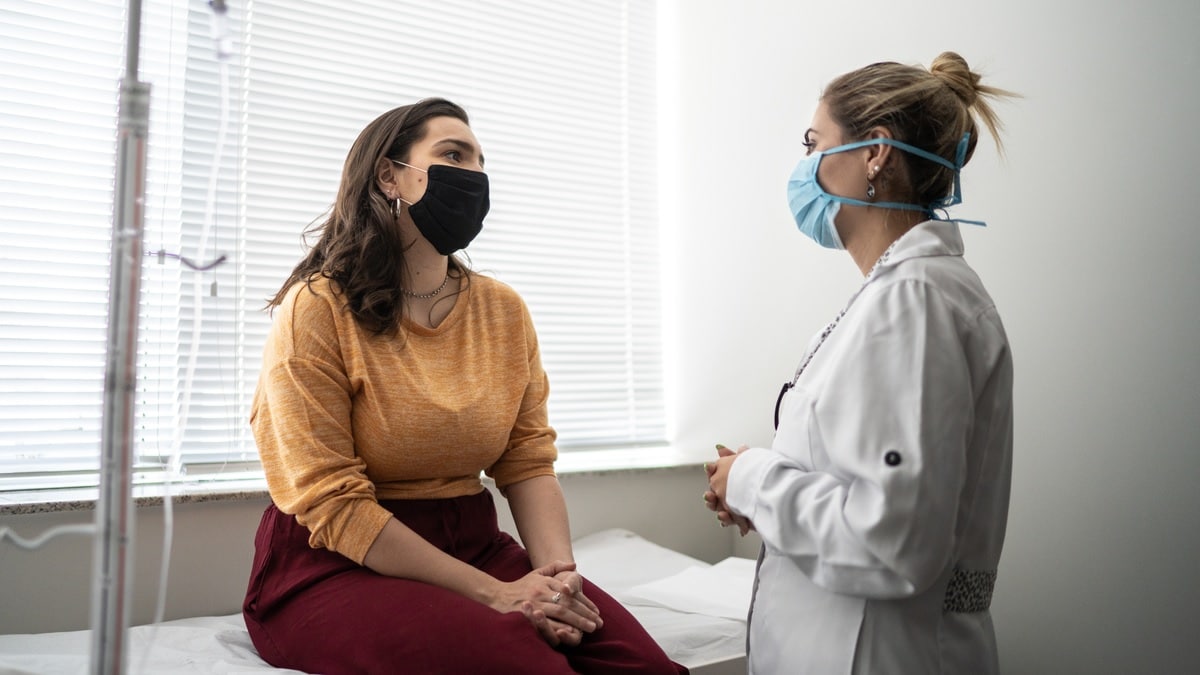What to know
- Through the National Breast and Cervical Cancer Early Detection Program, CDC helps women with low incomes who do not have adequate insurance gain access to timely breast and cervical cancer screening, diagnostic, and treatment services.

Purpose
To improve access to breast and cervical cancer screening, Congress passed the Breast and Cervical Cancer Mortality Prevention Act of 1990, which directed CDC to create the National Breast and Cervical Cancer Early Detection Program (NBCCEDP). The NBCCEDP funds 71 award recipients across the United States.
In 1993, Congress amended the act with the Preventive Health Amendments of 1993 to authorize CDC to fund American Indian and Alaska Native tribes and tribal organizations through the NBCCEDP. In 2000, Congress passed the Breast and Cervical Cancer Prevention and Treatment Act, which allowed states to offer women who are diagnosed with cancer in the NBCCEDP access to treatment through Medicaid. In 2001, with passage of the Native American Breast and Cervical Cancer Treatment Technical Amendment Act, Congress explained that this option also applies to American Indian and Alaska Native women who are eligible for health services provided by the Indian Health Service or by a tribal organization.
Through the NBCCEDP, CDC helps women with low incomes who do not have adequate insurance gain access to timely breast and cervical cancer screening, diagnostic, and treatment services. NBCCEDP also provides patient navigation services to help them overcome barriers and get timely access to quality care.
In addition to funding screening and diagnostic services for eligible women, the NBCCEDP focuses on factors at the interpersonal, organizational, community, and policy levels that influence screening. The program supports use of population-based approaches to improve systems that increase high-quality breast and cervical cancer screening. These include:
- Implementing evidence-based interventions in health systems.
- Connecting eligible women in the community to screening services.
- Informing policies that increase access to cancer screening.
Introduction to the NBCCEDP
This video explains how the NBCCEDP started and how it has helped women for more than 30 years.
Accomplishments
Since 1991, NBCCEDP-funded programs have:
- Served more than 6.5 million women.
- Provided more than 16.6 million breast and cervical cancer screening examinations.
- Diagnosed 80,811 invasive breast cancers and 25,638 premalignant breast lesions.
- Diagnosed 5,333 invasive cervical cancers and 251,963 premalignant cervical lesions, of which 38% were high-grade.
During 2020 to 2021, more than 2.6 million US women were eligible for NBCCEDP breast cancer screening services, and the program served 13.5% of eligible women. During 2019 to 2021, more than 5.3 million US women were eligible for NBCCEDP cervical cancer screening services, and the program served 6.0% of eligible women.
In 2023, the NBCCEDP:
- Provided breast cancer screening and diagnostic services to 282,501 women and diagnosed 1,908 invasive breast cancers and 673 premalignant breast lesions.
- Provided cervical cancer screening and diagnostic services to 132,290 women and diagnosed 95 invasive cervical cancers and 6,262 premalignant cervical lesions, of which 34% were high-grade.
Cervical cancer services include Pap test, human papillomavirus (HPV) test, and diagnostic services funded by NBCCEDP.
Breast cancer services include mammogram, screening magnetic resonance imaging (MRI), clinical breast exam, and diagnostic services funded by NBCCEDP.